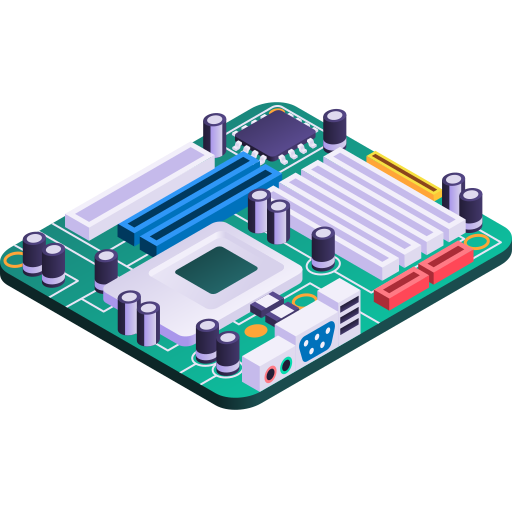
The history of motherboards
The history of motherboards dates back to the early days of the computer revolution. A motherboard is the main component of a desktop computer or computer system, which connects and coordinates all other hardware components.
The earliest forms of motherboards date back to the 1960s and 1970s, when computers were large and expensive and primarily used for business and scientific applications. These early computers used rudimentary motherboards that supported only a few electronic components, such as transistors and resistors.
In the 1980s, with the advent of personal computers (PCs), motherboards began to evolve rapidly. The first PC motherboards were designed for systems such as the IBM PC and the Commodore 64. These motherboards offered greater flexibility and expansion capabilities than their predecessors, allowing users to add expansion cards and other devices to customize their systems.
In the 1990s, as processing power increased and computers became more complex, motherboards underwent further improvements. Technologies such as Intel Pentium and AMD Athlon processors required more advanced motherboards capable of handling the increasing workload of modern computers. During this period, the first motherboards with support for advanced memory interfaces like DDR (Double Data Rate) RAM and AGP (Accelerated Graphics Port) video cards emerged to improve graphics performance.
With the advent of the new millennium, motherboards continued to evolve to support emerging technologies. Innovations such as SATA interfaces for data storage, USB ports for external devices, and Ethernet connections for networking became standard features on modern motherboards. Motherboards also began to integrate audio and network capabilities directly onto the board itself, reducing the need for additional expansion cards.
Today, motherboards are available in a wide range of shapes and sizes to meet the needs of different users and applications. Motherboards for desktop PCs offer a full range of features and support for high-performance hardware components, while motherboards for embedded systems and IoT devices are designed to be compact and consume less power.
